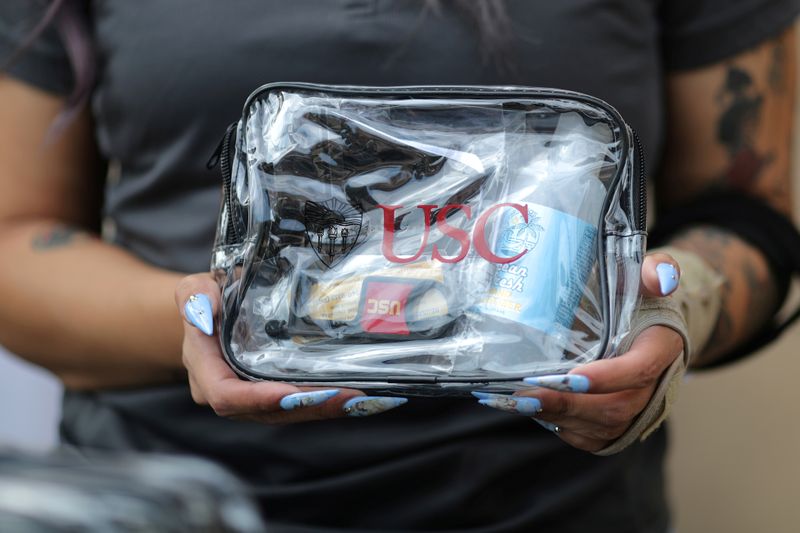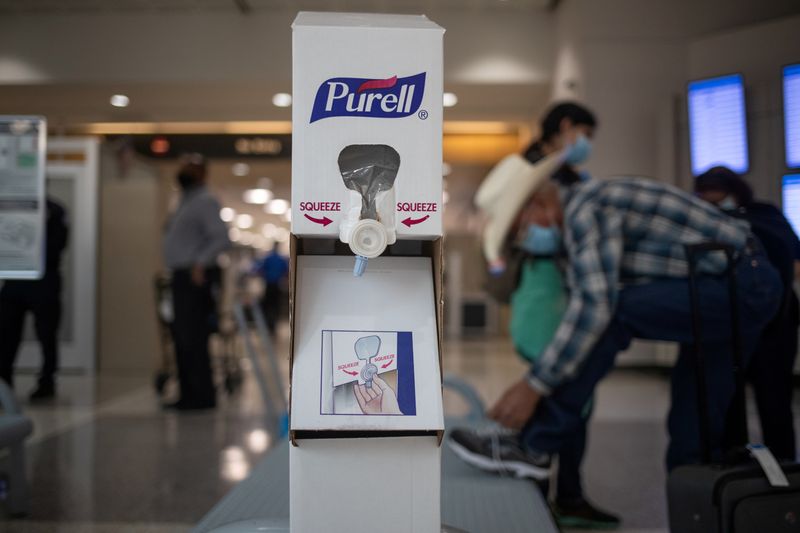By Stephanie Kelly
NEW YORK (Reuters) - Red River Biorefinery in Grand Forks, North Dakota, came online in April, arguably the worst time for an ethanol facility to begin operating as the coronavirus pandemic sank fuel demand.
Instead of shutting like many ethanol facilities, the company switched focus from producing fuel ethanol to making high-grade alcohol for hand sanitizer, where demand surged during the pandemic as Americans scrambled to protect themselves against the coronavirus.
Red River and several other companies now view the hand sanitizer market as more than a temporary salve for weak fuel demand, making permanent investments in production of high-grade alcohol that meets standards for producing sanitizer.
In recent months Pacific Ethanol (O:PEIX), Green Plains (O:GPRE) and Highwater Ethanol
"Our intent when we first went live was to be purely in the fuel market," said Red River President Keshav Rajpal. "There's been a huge shift in supply and demand instantaneously. When that happens, in our case margins compared to fuel ethanol are much higher in this space."
Globally the hand sanitizer market was valued at $2.7 billion in 2019, with North America accounting for a third of the market's revenue share, according to Grand View Research, a consultancy.
The flurry of announcements indicate some producers see more profitability in hand hygiene because of the pandemic than in transportation fuels. Corn-based fuel ethanol demand tends to track closely to gasoline consumption, as U.S. law requires it to be blended into the fuel.
As of January, U.S. fuel ethanol production capacity totaled 17.4 billion gallons per year, EIA said, up from 2019's 16.9 billion gallons per year.
Fuel ethanol production nationwide has rebounded from the spring, hitting 923,000 barrels per day from 537,000 bpd in April, according to the Energy Information Administration. That was still 4% lower than the same time last year.
Red River is expanding its output for USP-grade alcohol, used for the sanitizer. The company, whose output has been just under a million gallons of high-grade ethanol per month, has added tank farm and loadout equipment.
U.S. Corn Belt ethanol margins
Sacramento-based Pacific reported strong second quarter results, due to the favorable margins for high-grade alcohol, said Pacific Co-President Michael Kandris in an August earnings call.

High-quality alcohol is typically sold at fixed prices and volumes with longer contract commitments than ethanol, Kandris said, which improves margins.
